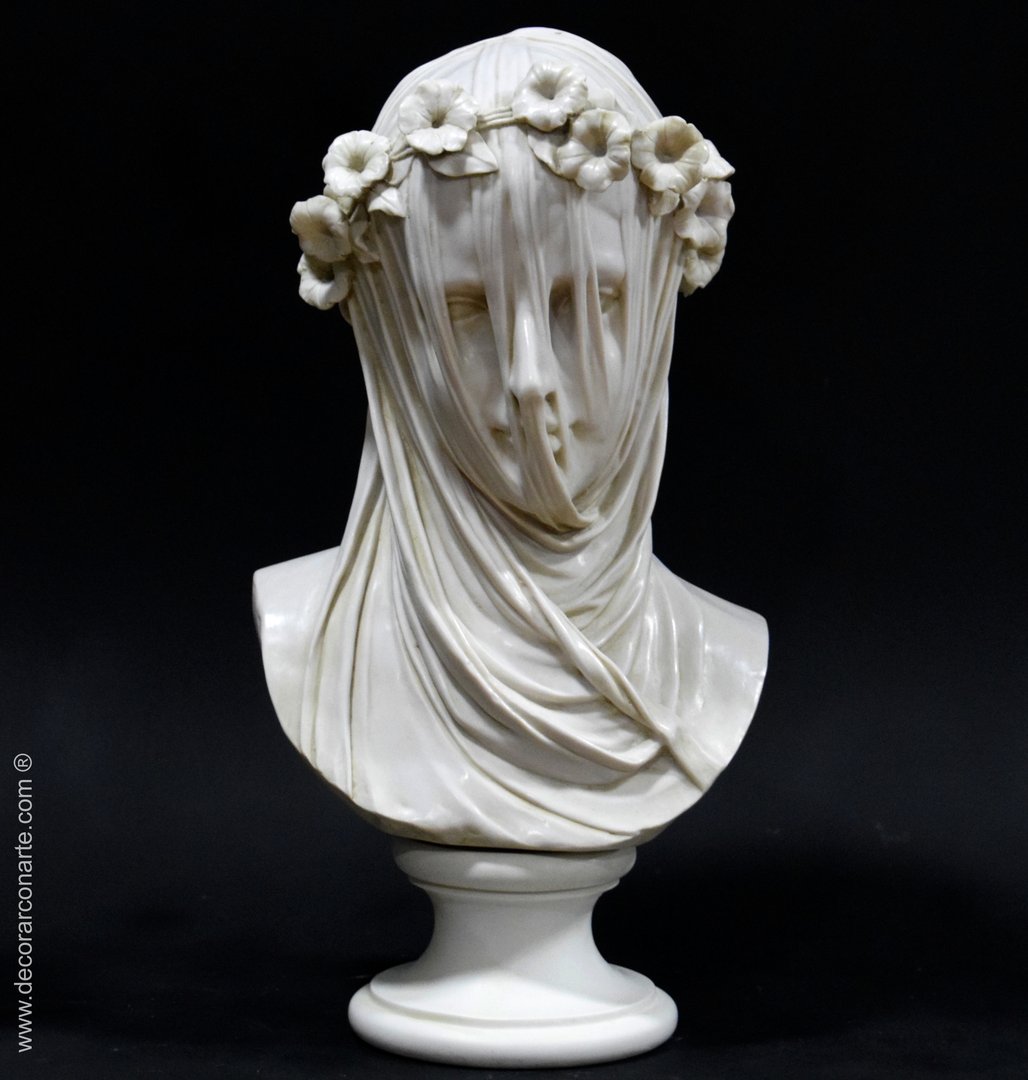Behind a beautiful face there is always a life, a soul that yearns, dreams, suffers or laughs.
Behind a less graceful face there is also a life, a soul that longs, dreams, suffers or laughs.
I make this reflection because the visible beauty that sometimes captivates us may be only a fleeting flash of frozen light, but it hides an interior that, if we knew it, would perhaps overshadow our aesthetic sensation. An interior charged with rancour, cruelty, selfishness or simple superficiality changes the impression it leaves on us and perhaps it will no longer seem so beautiful to us.
And the opposite…
How many times have we met people who are physically unattractive, but who, on meeting them, we have perceived in them a natural goodness, a sympathy and inner light that soon changed our perception of their physical appearance and they seem more beautiful to us?
Inner beauty changes our perception of external appearance, because our feeling of beauty always has a subjective component. Beauty is not only the forms but also the light that is expressed through them and that speaks to us of the inner reality that shines through them.
Something of this suggests to me the sculpture of the Veiled Vestal (the Vestals were custodians of fire) which, although it does not show us her face, does hint at a hidden beauty, an inner “grace”.
At the foot of this sculpture could well be this sentence:

